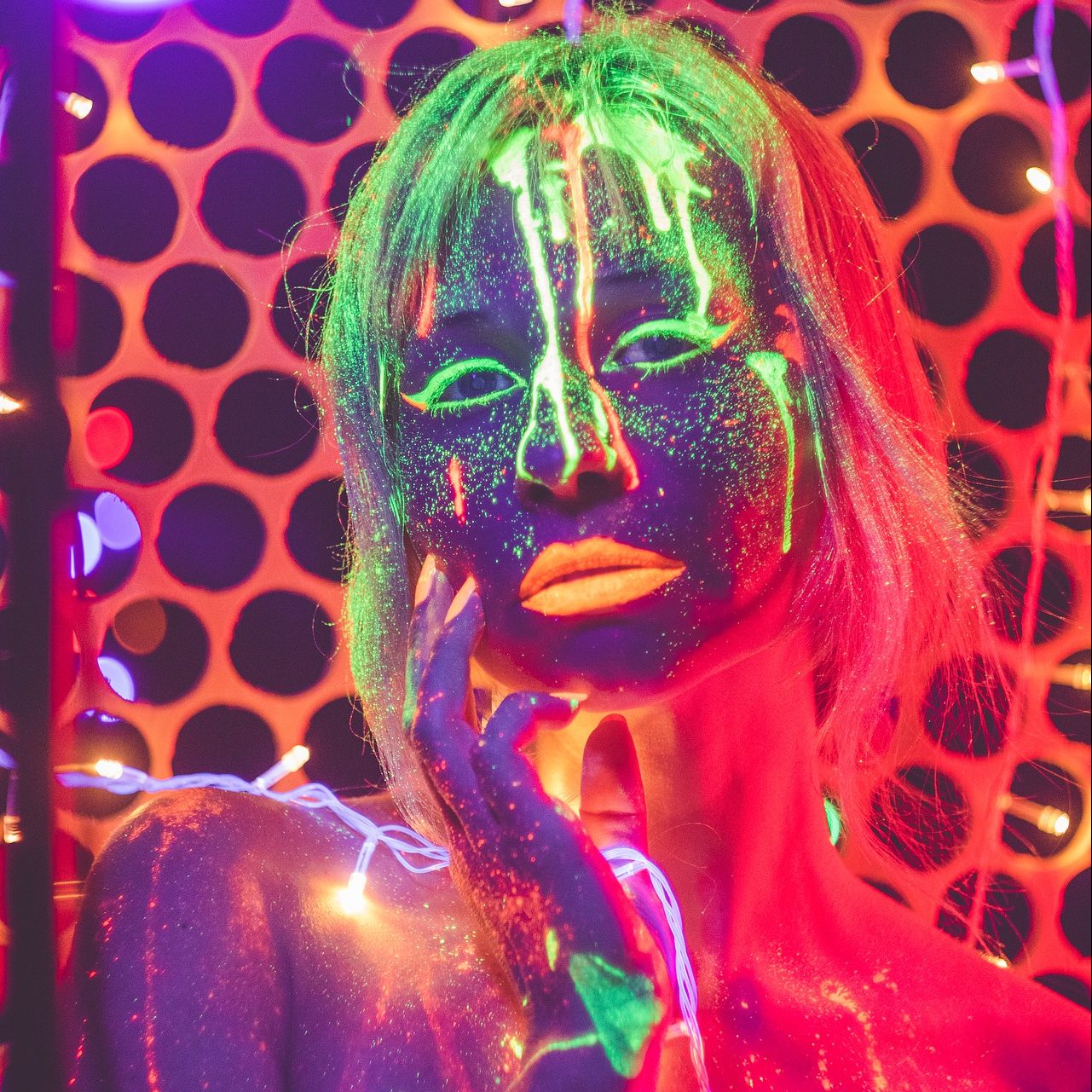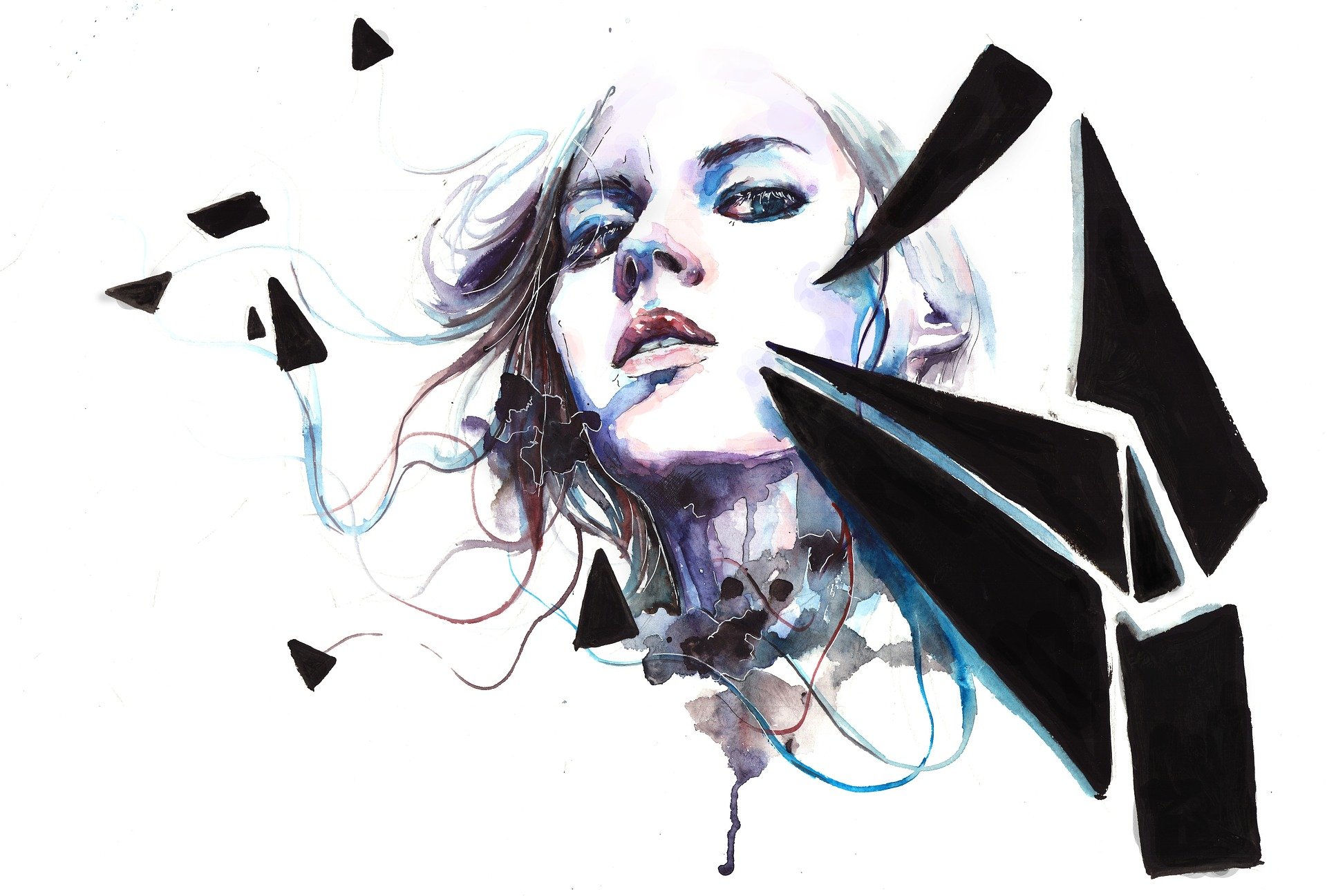In today’s digital world, website development is not just about functionality—it’s also an art form that enhances the user experience. Designers and developers work together to craft visually appealing websites that effectively communicate ideas and evoke emotions, blending technical precision with artistic creativity.
When creating a website, developers must focus on both the front-end and back-end elements. However, the artistic component is often what leaves a lasting impression on users. The choice of colors, typography, layout, and even interactive elements can determine how users perceive a brand or organization. Artistic decisions such as the use of symmetry, white space, and imagery play a critical role in ensuring a website not only functions well but also tells a story.
How Art Enhances User Experience in Web Design
At the core of any successful web development project is the user experience (UX). Designers use artistic principles to guide users smoothly through a website, ensuring intuitive navigation and engagement. The marriage of art and functionality in web development results in websites that are not only aesthetically pleasing but also highly usable.
For instance, color theory helps developers create a cohesive visual language, allowing users to subconsciously understand the mood or purpose of the site. Typography can set the tone, whether it’s modern and bold or classic and elegant. The art of web development lies in balancing creativity with accessibility, ensuring that all users, regardless of ability, can enjoy the digital experience.
Art in Web Development: Beyond Visual Design
Art’s role in web development goes beyond the surface. Motion graphics, animations, and interactive elements are key examples of how art can influence engagement and retention. These elements create a dynamic experience, often making users more likely to stay on a website and explore its content.
Incorporating artistic storytelling into the digital space adds an emotional layer to the functionality of a website, making it more than just a tool—it becomes an experience. Through the strategic use of visuals and interactions, developers and designers collaborate to bring the artistic vision to life, which, in turn, enhances the overall effectiveness of the website.
Conclusion: The Future of Art in Web Development
As technology continues to evolve, the connection between art and web development is expected to deepen. With the rise of immersive technologies such as virtual reality (VR) and augmented reality (AR), the possibilities for artistic expression in web development are expanding. Web developers of the future will need to continue honing their artistic skills to meet the growing demand for innovative and immersive digital experiences.
The synergy between art and web development is undeniable, shaping the future of how we interact with the digital world. By blending aesthetics with functionality, developers create not only useful websites but also beautiful, engaging experiences that captivate users and communicate meaning on a deeper level.


